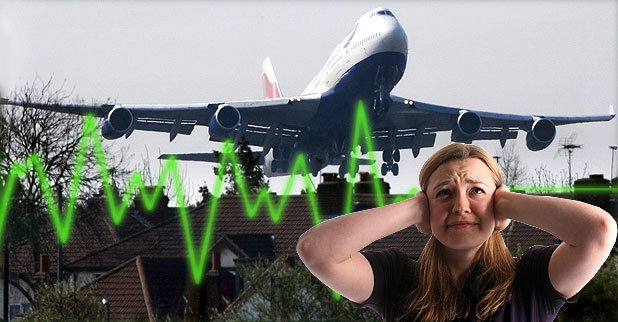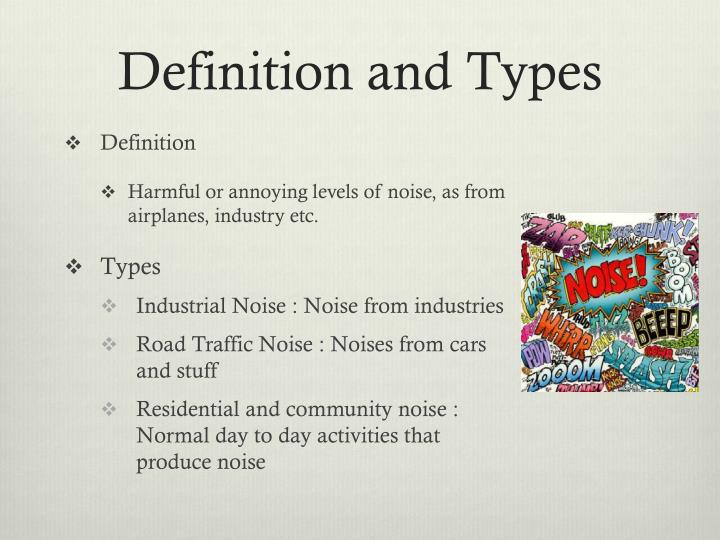

One study found that noise drew in nectar-eating hummingbirds (increasing pollination) but deterred several seed-eating birds (decreasing the spread of seeds), indicating that noise may have the potential to alter a habitat’s plant community.Īnthropogenic noise can be hard to quantify and control - even minimizing noise in national parks takes concerted effort. The psychological impacts of noise can also impact herbivory. Humans can barely perceive a one-decibel difference, but a study found that for every 1dB increase in noise, owls in the area were 8% less successful at catching prey. Animals like o wls and cats have evolved complex ears to help them hear prey, but it’s harder for them to do so in loud environments. Human-generated noises (like traffic or sonar ) can disorient these animals, by either damaging their hearing or causing them to adjust the pitch of their calls in ways that don’t provide as useful of echoes. B ats and dolphins can echolocate, emitting calls at a certain frequency and using the echoes to identify obstacles and prey in the area. Nocturnal and aquatic species have adapted to their low-light environments in different ways. Scientists have raised concern about how noise pollution could therefore lower population sizes and genetic diversity. Additionally, the calls resonate through a smaller range in noisy environments, creating smaller breeding pools. These less attractive vocalizations can lower the males’ ability to find and keep mates. The most enticing calls are typically low-pitched, but some animals have been observed making their voices higher to compete with low-frequency noises like car engines. In many species (particularly birds and frogs), males rely on particular calls to attract mates. Humans can disrupt this balance when they generate noise (e.g., airplane engines, construction equipment, lawnmowers ), drowning out important messages. Recordings done by soundscape ecologists have suggested that the different species within a habitat have distinct sonic niches, sounding out their calls at different pitches or intervals than other species to ensure that they’ll be heard. Animals, like humans, use sound to communicate - m any species have developed distinctive calls to warn others of danger, attract mates, or identify their own offspring or packs in a crowd.

Here are four activities that can be impeded in noisy environments:

S ince many animals rely on their sense of sound for survival, they are particularly vulnerable to th e problems that noise pollution (prolonged exposure to noise) can cause. Humans, however, aren’t the only ones impacted by noise (defined as unwanted and/or harmful sound ). If you’ve ever tried to get work done to the soundtrack of a lawnmower or rattling air vent, then you know that background noise can hamper everyday activities.


 0 kommentar(er)
0 kommentar(er)
